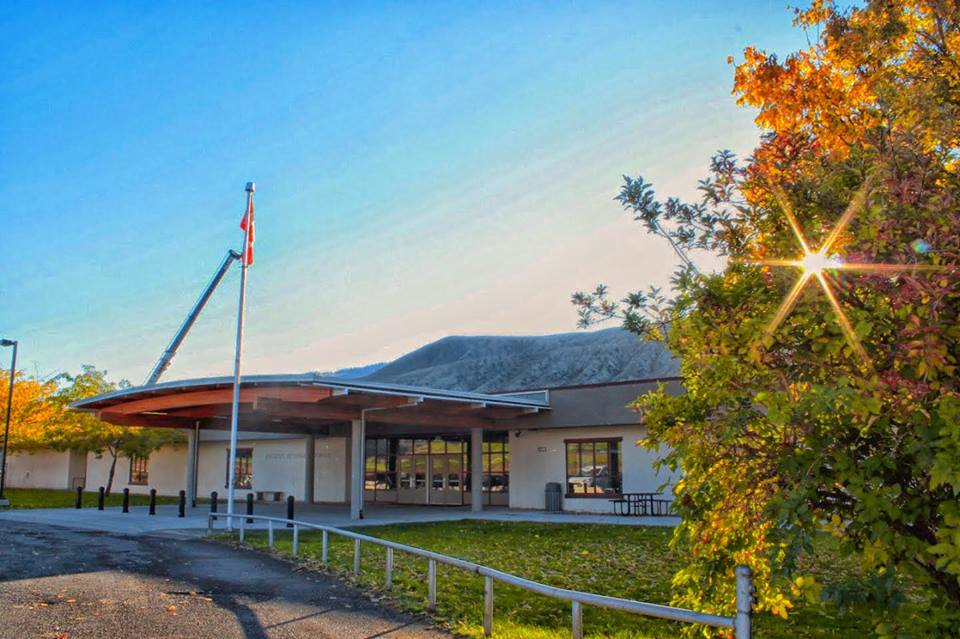“When you wake up in the morning, Pooh,” said Piglet, “what’s the first thing you say to yourself?”
“What’s for breakfast?” said Pooh, “What do you say, Piglet?”
“I say, I wonder what’s going to happen exciting today,” said Piglet.
Pooh nodded thoughtfully. “It’s the same thing.”
A. A. Milne
It is our first year as a K-12 school in Ashcroft, but traditions are forming quickly. First thing every morning, the few kids who arrive at school early are looking around the corner, waiting for the breakfast trolley to roll into the front foyer. Most of the rest of the students step off the bus, with little time to spare until their classes begin. On their way in, they receive a warm welcome and a healthy snack from the staff member who coordinates our breakfast program.

Last year, when we were planning for our first year as a K-12, we weren’t sure how students would interact. Parents who were unsure about merging the schools hoped that there would be clear separations between the elementary and high school students. Knowing what a positive, connected school community our high school students enjoyed, it was hard for me to imagine needing to keep them separate from the little kids.
At first, some senior students served breakfast to the elementary students, while the rest of the high school kids picked their snack up in a different location. We quickly realized that this was neither sustainable nor necessary, and we started providing the breakfast snack in the front foyer. Over the course of the year, we have seen parents’ comfort grow and we have fostered the feeling of a shared community, starting each morning with a breakfast that is open for all students, providing the option of a healthy lunch in the cafeteria for students in Grade 6 to 12, and occasionally providing a school-wide treat for special occasions!
 Our challenge is that of other rural communities in BC: harvesting and using what is grown locally is so easy at certain times of the year, and yet so difficult during the winter. We have continued to focus on healthy snack choices, counting on local staples like apples, eggs, and yogurt, and our lunch program also provides homemade soups, homemade salads and dressings, and there are healthy snacks available all the time. However, many busy families rely on the convenience of packaged products for their kids’ school snacks, so we want to encourage the kids to choose fresh fruit over sugared products. Finally, we really want to work to create more sustainable serving methods – we don’t want to be reaping the harvests of the earth and then dumping plastic utensils in the local landfill.
Our challenge is that of other rural communities in BC: harvesting and using what is grown locally is so easy at certain times of the year, and yet so difficult during the winter. We have continued to focus on healthy snack choices, counting on local staples like apples, eggs, and yogurt, and our lunch program also provides homemade soups, homemade salads and dressings, and there are healthy snacks available all the time. However, many busy families rely on the convenience of packaged products for their kids’ school snacks, so we want to encourage the kids to choose fresh fruit over sugared products. Finally, we really want to work to create more sustainable serving methods – we don’t want to be reaping the harvests of the earth and then dumping plastic utensils in the local landfill. 
We are grateful to the Farm to School program for its contribution to our new K- 12 learning community. It really has helped us start off on the right foot – each day: “Piglet noticed that even though he had a very small heart, it could hold a rather large amount of gratitude.” (Milne)


